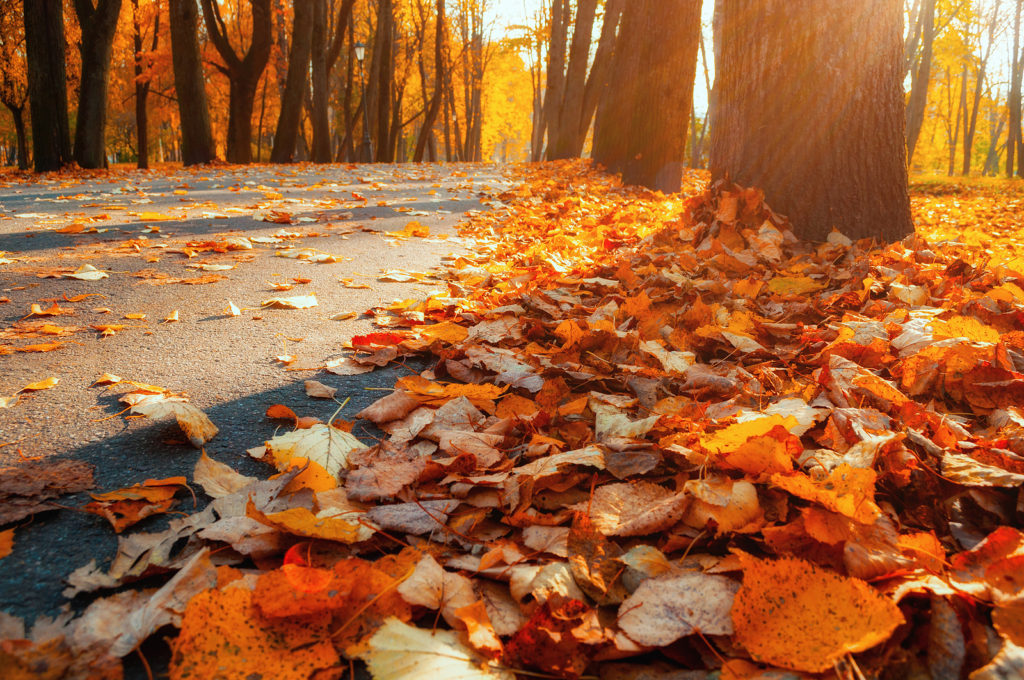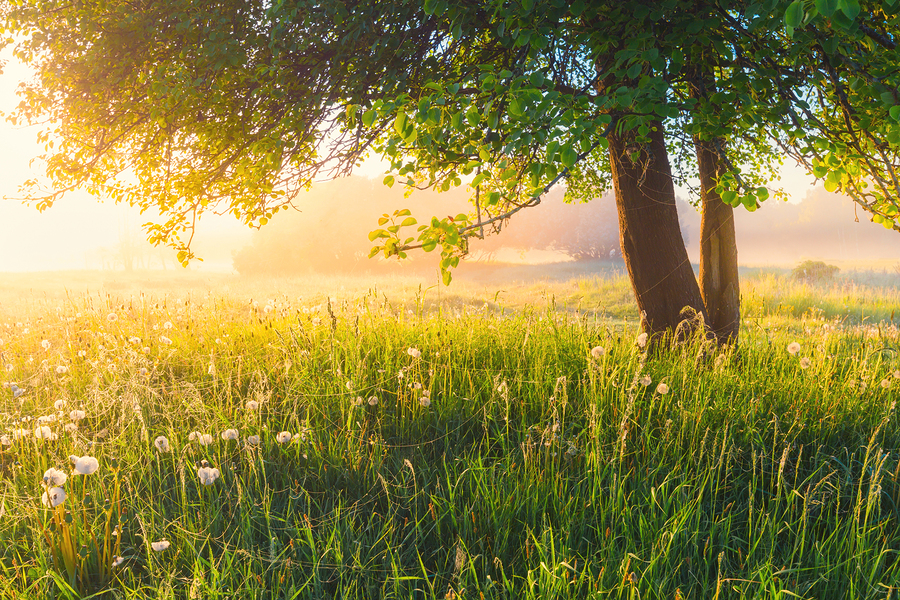Many people look forward to fall. The beautiful colors and smells of autumn take the sting out of summer coming to an end. But when we are reveling in the gorgeous surroundings of the season, do we remember why the leaves change color in the first place? When the kids start asking why, you better be brushed up on all the facts!
Continue reading for some fun facts about why the leaves on deciduous trees change to an array of colors in Autumn.

Chlorophyll and Photosynthesis
The reds, purples, oranges, and yellows we see in tree leaves is actually the result of biological chemical reactions. The leaves are essentially “food factories” for trees. They manufacture the food needed for a tree to grow. The common green color seen in tree leaves is a result of a chemical called Chlorophyll. Chlorophyll absorbs sunlight, and uses its energy to convert carbon dioxide and water into sugar and starch (carbohydrates). This process is called photosynthesis.
The Important Job of Leaf Pigments
When the seasons change, trees naturally respond to the shorter days, decreased temperatures, and reduced sunlight by halting the production of Chlorophyll. Once the food factories stop, leaves will lose their green color, and reveal their true colors that lie hidden underneath the overpowering greens: yellows and oranges. These colors are thanks to carotene and xanthophyll pigments.
Carotene and xanthophyll pigments come to life once the green colors fade away. Some tree species, like Maples and Sumacs, have red or purple-like leaves caused by red anthocyanin pigments. Many oak trees change their leaves from green to brown, which is a result of a combination of the above-mentioned pigments. Low temperatures seem to intensify red pigments, while rainy weather seems to enhance yellows and oranges.
These colors only last for a brief period of time, so enjoy the autumn season while you can, before the first frost steals the brilliance from all the inspiring autumn colors! Talk to your trusted Noblesville tree care company professional for help protecting your landscaping trees from disease, pests, storm damage, and more.
Who to Call For Trusted Noblesville Indiana Tree Services
Call 317-537-9770 when you need professional tree services in Noblesville, Indiana. We are highly trained and experienced tree care technicians that offer a wide range of residential and commercial tree services at the most competitive prices in town. Whether you need routine tree service or major tree work, we are the professionals to trust for outstanding results in a convenient time frame.


